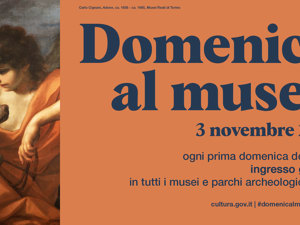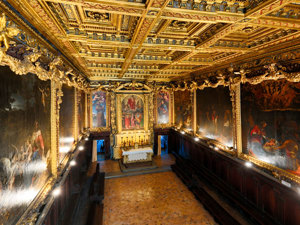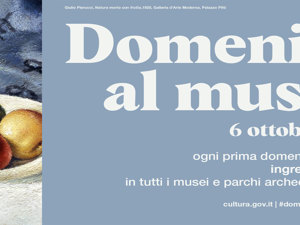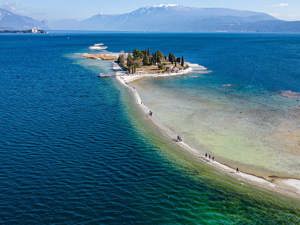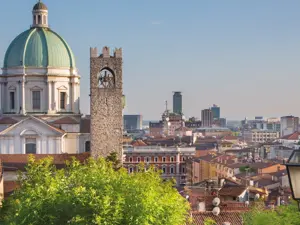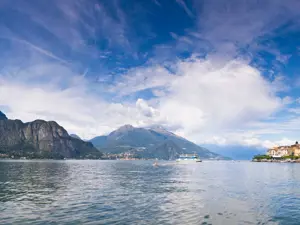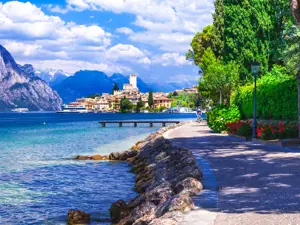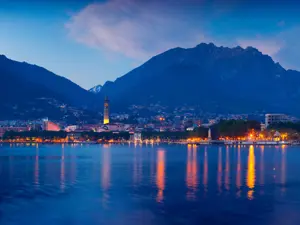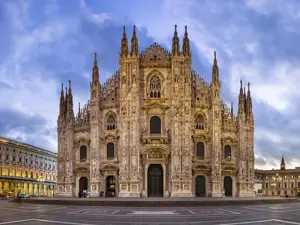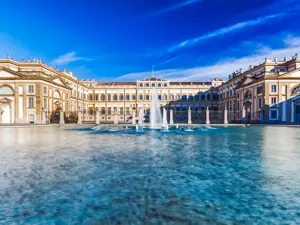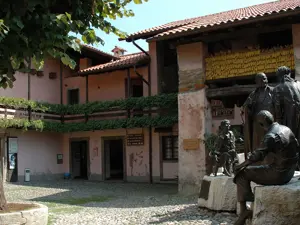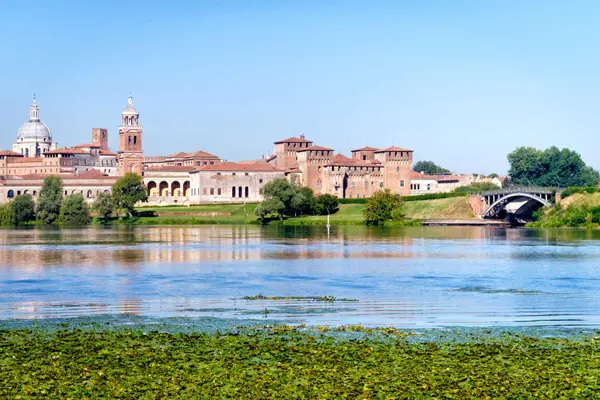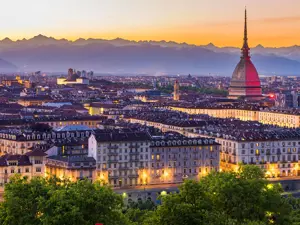
- the concert, opera and dance season of the Ponchielli Theatre
- the Monteverdi festival
- Chords of the Soul - festival of literature and music
- Cremona Music, Liuteria violin festival
- the unusual musical events of Summer Thursdays festival and Christmas in Cremona.
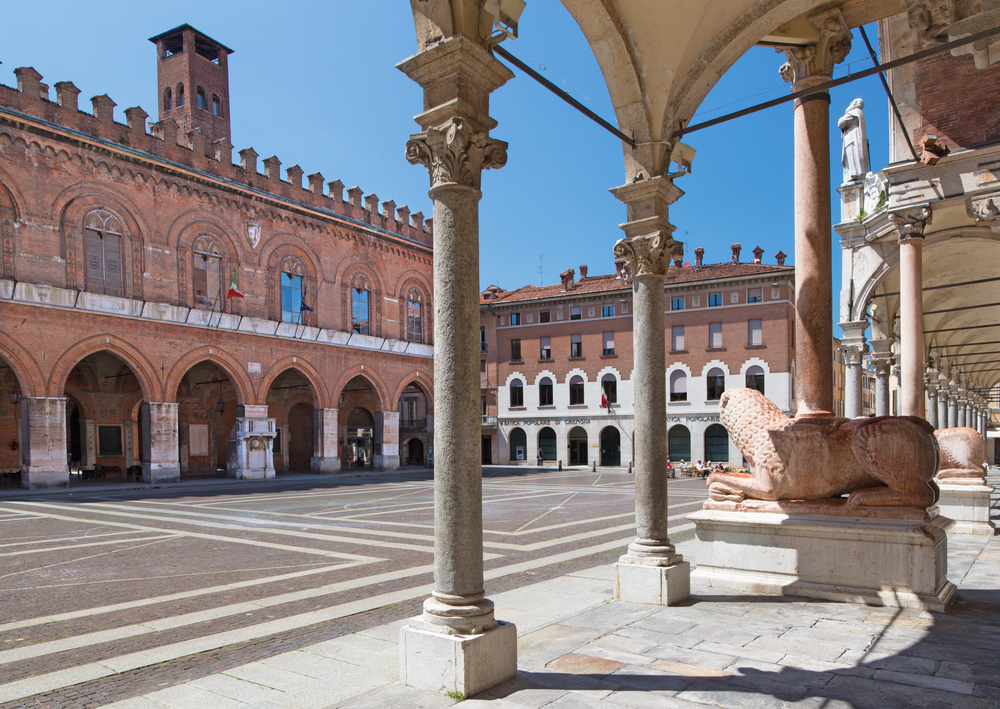


Every year, in the month of November, Cremona hosts an appointment with the Festa del Torrone (Nougat festival), which animates the city's squares with many events, shows and tastings.
To try there is also the mostarda of Cremona to taste with boiled or with local cheeses, such as Grana Padano or Provolone Valpadana.
Text by Lisa Maria River
Photos: Sisterscom.com, Shutterstock
All rights reserved. Copyright © Sisterscom.com

Per trovare l'hotel ideale e le migliori offerte si può fare una ricerca per stelle ma anche per quartieri o luoghi d'interesse.
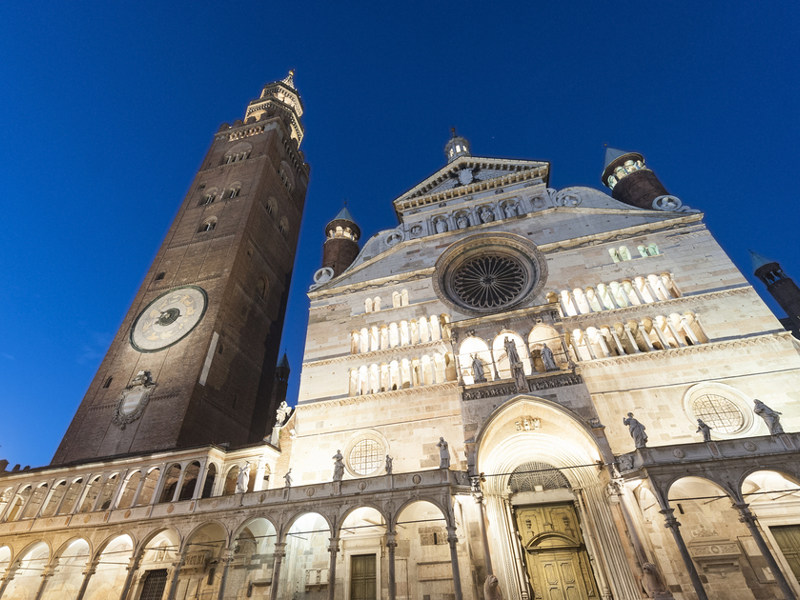
Piazza del Comune, 2
Founded in the beginning of the XII century, the Cathedral of Cremona is dedicated to Santa Maria Assunta. The original aspect of the cathedral, in Romanesque structure, is very different from the current; the great temple was restored over the years with Gothic, Renaissance and Baroque elements. Inside it preserves remarkable masterpieces of sculptures and paintings together with the Baptistery and the Torrazzo that dominates the Piazza del Comune. www.cattedraledicremona.it

Piazza del Comune, 2
The bell tower of Cremona, commonly called “Torrazzo” is over 112 metres high and it is made up of two different structures. The first, a Romanesque tower with Guelph battlements built in 1267, instead the second is made up of two octagonal tambours placed at the top of the tower. The building could have been completed in 1305. From the top of the Torrazzo you can enjoy a splendid view of the city of Cremona and the river Po.

Piazza del Comune, 8
The City Hall Palace of Cremona, in typical Medieval structure, was built in 1206 with the architectonic shape of the Lombard broletto and then amplified in 1245 and was never modified until the end of 15th century.
The interior space, which included a big room for the meeting of the citizens, was divided into new and smaller rooms: the chapel, now Hall of violins. The current façade is the result of several changes made in 1838 by Luigi Voghera, an architect from Cremona.

Piazza del Comune, 2
- altar in front of the entrance, decorated with a crucifix of the fourteenth century,
- altar on the left with Our Lady,
- altar on the right, named at St. Biagio.

via Ugolani Dati, 4
The Art Gallery of the City Museum “Ala Ponzone” in Cremona is located in Palazzo Affaitati, an example of 16th century architecture. The collection was formed, since the 16th century, over the years, thanks mainly to the collection of the Ponzone Familiy. The collection of paintings and sculptures now more than two thousand pieces, among the collection of drawings, shows the Cremona group of the sheets of the sixteenth century; instead the most interesting part of the collection of prints is represented by some two hundred specimens dating back to the XV-XVI centuries. Don't miss the "San Francesco in meditazione" by Caravaggio and "L'ortolano" by Giuseppe Arcimboldi. Photo: Comune di Cremona - © Pietro Madaschi.
musei.comune.cremona.it

Piazza Marconi
The Violin Museum of Cremona, in addition to hosting the collection of about thirty instruments from the cremonese luthery, since 1976 promotes the “Antonio Stradivari” International Triennal Competition.
At the same time it is a Museum, an Auditorium and a Research Centre on violin making, ancient and modern.
Since 2009, the Foundation has also promoted the “friends of Stradivari” event for all lovers of classical Cremonese violin making.
www.museodelviolino.org

Located 50 km from Cremona, Pandino is an ancient borough is an ideal destination for history lovers. In fact, Pandino boasts the best-preserved Visconti Castle in Lombardy; a building that still displays most of the architectural structures and original paintings to the XV century.
www.castellodipandino.it





